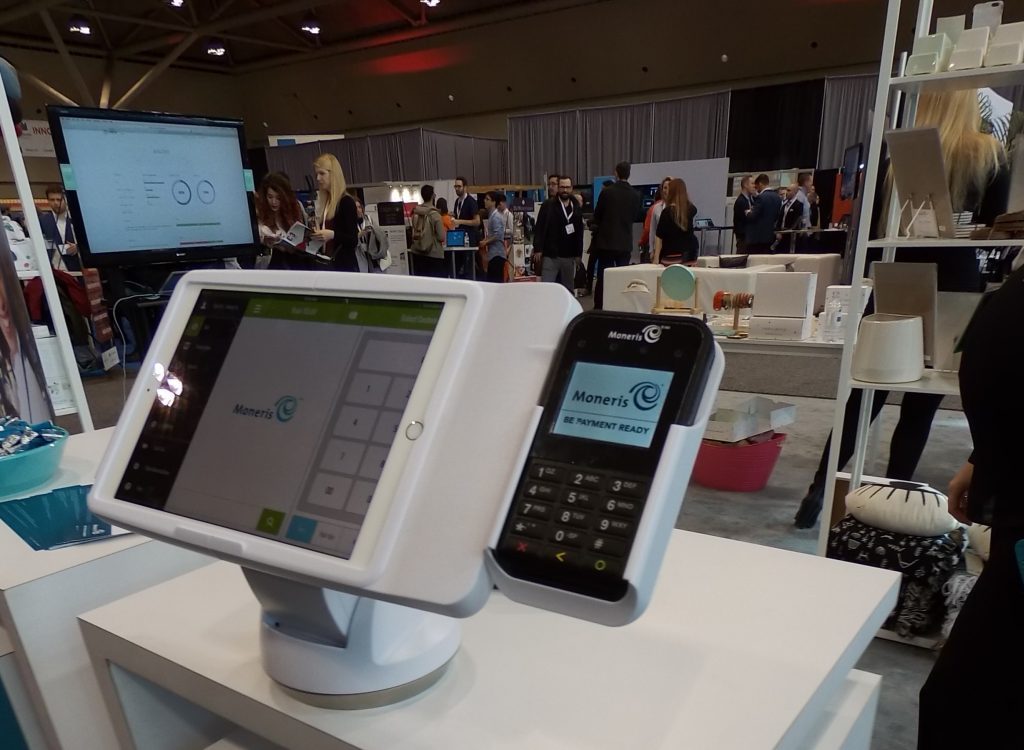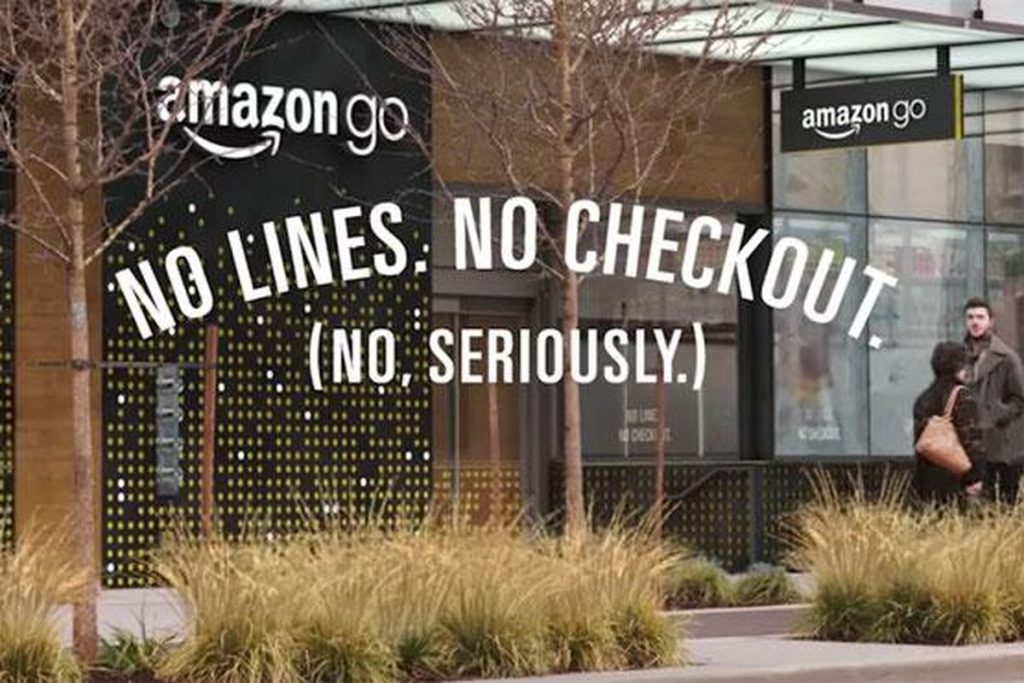
Moneris’ Chief Product Officer Rob Cameron: “In the future, we may not need a device in-store to cash out or enter a PIN. Our phones can authenticate us.”
By Gadjo Cardenas Sevilla
I recently caught up with Rob Cameron, Chief Product Officer, Moneris at the Dx3 show in Toronto to discuss the exciting technology and new thinking that is being applied to retail today.
The popularity of online shopping, with aggressive players like Amazon.ca offering various perks like free-shipping and same-day shipping and free returns have challenged brick and mortar retailers who now have either innovate and offer not just products and fair prices but also experiences to retain customers.
Moneris, which offers a comprehensive suite of both in-store, eCommerce and mobile payment solutions within Canada, enables clients to accept debit and credit card payments at the POS, online, and on-the-go. Helps them benefit from reliable and secure payment processing solution and is able to take advantage of integrated business tools.
There’s also a steady move towards even more friction-less mobile payments. While Canada has long been a proponent of touch-to-pay debit and credit payments, it has only recently embraced services like Apple Pay which make paying with smartphones quick and secure.

Tap to pay solutions and mobile wallets are the future
“The phone is going to be fundamentally core to our shopping experience. I do think it will replace the wallet at some point soon. As cash goes away and you are able to store all your payments and points loyalty cards, then why do you need a physical wallet?” Cameron explains. “With all the built-in security of our phones today, they become a viable authentication method, whether we are buying in store or online.”
The whole concept of what a retail store is and what it needs to operate is being challenged. While some retailers like Canadian Tire and Loblaws have made provisions for self-check out kiosks, reducing the dependency on cashiers, an ideal future may not even have check out counters at all.
“In the future, we may not need a device in-store to cash out or enter a PIN,” Cameron points out. “Our phones can authenticate us. I’m still going to need something in the store to track what I bought, and as a consumer I’m still going need to confirm, ‘yes, you can go ahead and charge me,’ that day is not too distant.”

“The movement away from PCs, their inherent issues and lack of portability towards iPad based solutions in retail is coming?”
We talked with Rob about how traditional norms of retail are failing and how, sometimes, purchasing online feels like a more personal experience. Online, the retailer has your payment information, likely your size and preference in clothing as well as the information to suggest viable products.
In brick and mortar stores, it is hard enough to get the attention of a salesperson, it is time consuming to find one’s size, to try on the merchandise and there’s rarely any input or value add to the shopping experience.
“Online retailers know what I bought before, they know what I like and they can curate the experience in a more personalized and customized fashion,” Cameron explains.

Amazon’s Go store concept promises a future where you shop and walk out of a store and are charged automatically for what you purchased without having to check out or go to a cashier
“Small retailers with a smaller footprint can start with a solution that is mobile and have a lot of data at their fingertips to be better and they can put that same inventory online.”
“Guys like Shopify make it possible for you to have a responsive, personalized website for $30 bucks a month,” Cameron adds that smaller retailers have a lot of tools at their disposal and agrees that technology has leveled the playing field. “Shopify is really good because in their ecosystem, they don’t take a piece. These smart operators are curating to other partners.”
Rob agrees that newer entrants and smaller players tend to jump on technology solutions a lot faster and can adopt these better than older and larger retailers. “As a many as half of the new restaurants in Toronto are landing on an iPad Point of Sale solution called TouchBistro.”
As a device, the iPad is a transformative tool. “The difference is you can go to the Apple Store, buy an iPad or use the one you have at home, download TouchBistro and you’re good to go at a fraction of the cost.” This is an example of how mobile technology as well as apps and new thinking are making it possible for businesses to innovate in retail.



